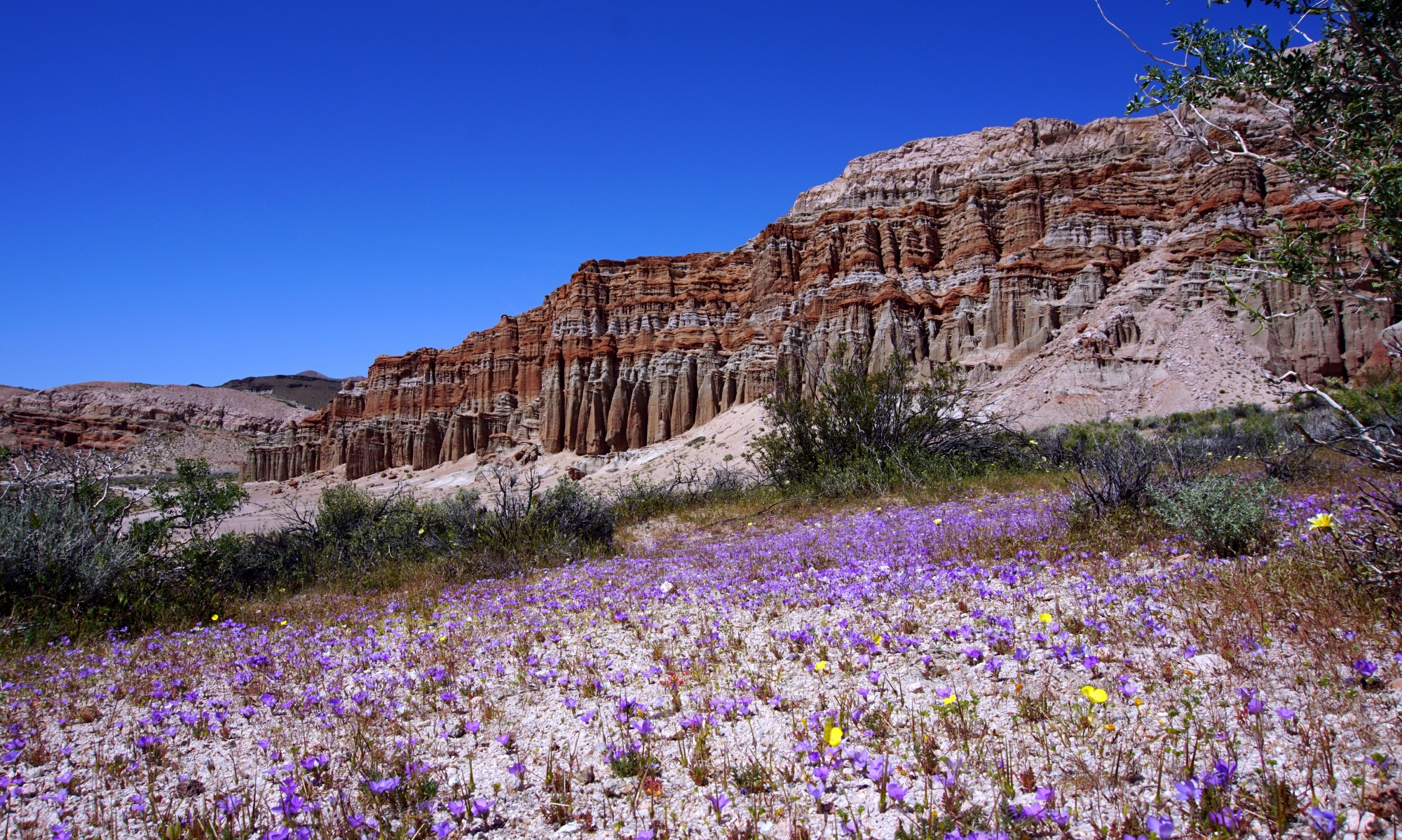RATING: ♦♦♦+
While at Lake Conroe, we decided to take a day trip down to Galveston. Our campground was about 50 minutes north of Houston, and Galveston is about 50 south of Houston. So it was a fairly long drive with Houston smack dab in the middle. Houston is quite a large city, which meant that pretty much our entire drive was in heavy traffic. But we hadn’t done much while in the area, and we wanted to have something to remember about our time here.
We arrived at Galveston around noon. It reminded us of a cross between Melbourne, FL and Biloxi, MS. Galveston sits on a barrier island in the Gulf of Mexico, and has been hit by frequent hurricanes.
According to Wikipedia, “During the 19th century, Galveston became a major U.S. commercial center and one of the largest ports in the United States. It was for a time Texas’ largest city, known as the “Queen City of the Gulf”. It was devastated by the 1900 Galveston Hurricane, whose effects included flooding and a storm surge. The natural disaster on the exposed barrier island is still ranked as the deadliest in United States history, with an estimated death toll of 6,000 to 12,000 people.”
We made a short stop at the visitors center, and a helpful lady there suggested that we take a narrated tour of the island via a duck boat. It was fun, if not too thrilling, since the boat does not go into the Gulf, just onto a small inlet on the back side of the island called Offats Bayou.
After the tour we headed to the harbor. This is the historical downtown section of Galveston that is located along the Strand. On the water were many large oil rigs waiting to be rented and sent out to drill for oil in the Gulf. Also on the water was the Ocean Star Offshore Drilling Rig and Museum.
The Ocean Star is a retired jackup drilling rig that now serves as a museum for the offshore oil industry. The museum features three floors of models and interactive displays illustrating the story of offshore oil and gas, from seismic technology to exploration and production.
Scale models of production platforms, actual drill bits, and remotely-operated vehicles, as well as videos and exhibits explain drilling, geology, seismic, well servicing and production. It was interesting. Despite what we might think about the world’s dependence on oil, we had to marvel at the extraordinary effort it takes to keep the tap running.
We finished our visit with hamburgers in the restaurant of an old hotel on the Strand. Nothing special, but the food was fine. It was a good day in an easy town. Then it was time for the return drive home through Houston. Yuck.









